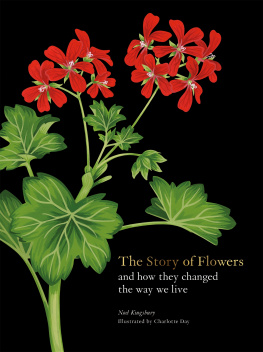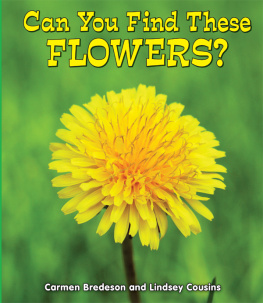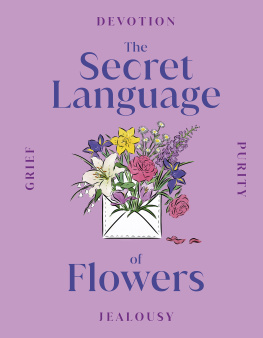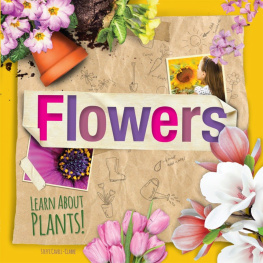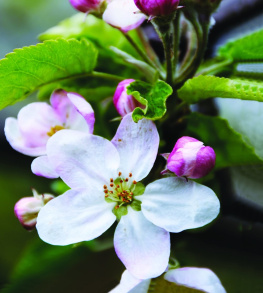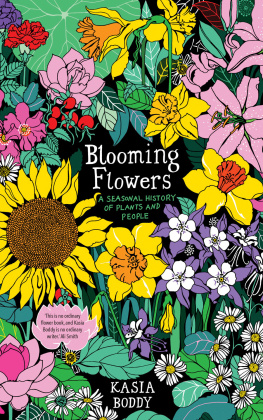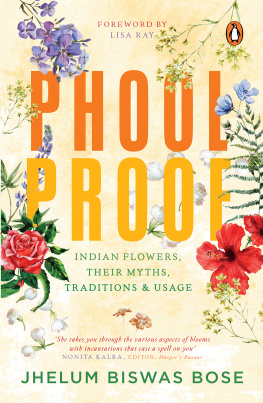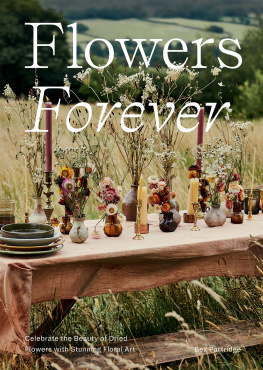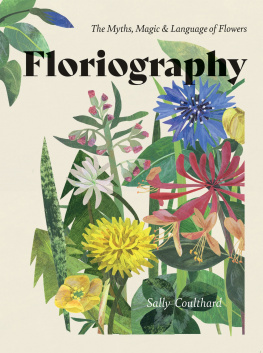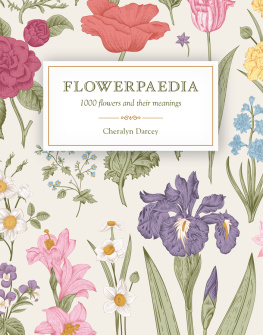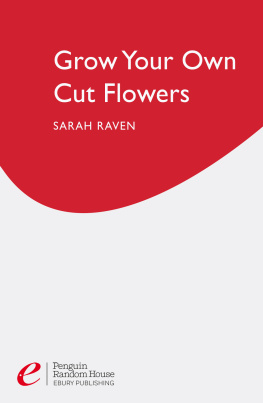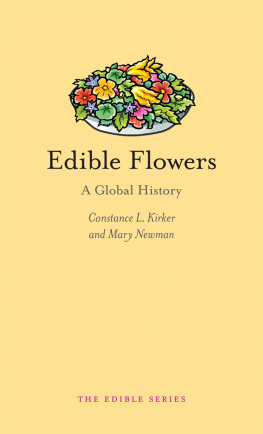Thank you for downloading this Scribner eBook.
Join our mailing list and get updates on new releases, deals, bonus content and other great books from Scribner and Simon & Schuster.
C LICK H ERE T O S IGN U P
or visit us online to sign up at
eBookNews.SimonandSchuster.com
We hope you enjoyed reading this Scribner eBook.
Join our mailing list and get updates on new releases, deals, bonus content and other great books from Scribner and Simon & Schuster.
C LICK H ERE T O S IGN U P
or visit us online to sign up at
eBookNews.SimonandSchuster.com
ALSO BY STEPHEN BUCHMANN
The Forgotten Pollinators
(with Gary Paul Nabhan)
Letters from the Hive: An Intimate History of Bees, Honey, and Humankind
(with Banning Repplier)
Pollinators of the Sonoran Desert: A Field Guide
(with Nina Chambers and Yajaira Gray)
Pollinator Conservation Handbook
(with Matthew Shepherd, Mace Vaughan, and Scott Black)
The Conservation of Bees
(coeditor)
Honey Bees: Letters from the Hive: A History of Bees and Honey
The Bee Tree
(with Diana Cohn, illustrated by Paul Mirocha)

SCRIBNER
An Imprint of Simon & Schuster, Inc.
1230 Avenue of the Americas
New York, NY 10020
www.SimonandSchuster.com
Copyright 2015 by Stephen Buchmann
All rights reserved, including the right to reproduce this book or portions thereof in any form whatsoever. For information, address Scribner Subsidiary Rights Department, 1230 Avenue of the Americas, New York, NY 10020.
First Scribner hardcover edition July 2015
SCRIBNER and design are registered trademarks of The Gale Group, Inc., used under license by Simon & Schuster, Inc., the publisher of this work.
Jacket design by Tal Goretsky
Jacket illustration: Flame tulip, Baden State Library, Karlsruhe Cod. KS Niche 13/Wikimedia Commons/public domain
For information about special discounts for bulk purchases, please contact Simon & Schuster Special Sales at 1-866-506-1949 or .
The Simon & Schuster Speakers Bureau can bring authors to your live event. For more information or to book an event, contact the Simon & Schuster Speakers Bureau at 1-866-248-3049 or visit our website at www.simonspeakers.com.
Library of Congress Cataloging-in-Publication Data
Buchmann, Stephen L., author.
The reason for flowers : their history, culture, biology, and how
they change our lives / Stephen Buchmann.
pages cm
Includes bibliographical references.
1. Flowers. I. Title.
SB404.9.B83 2015
635.9dc23
2015017169
ISBN 978-1-4767-5552-6
ISBN 978-1-4767-5554-0 (ebook)
For my late parents, Jane Marie and Stanley Buchmann
And to my life partner, Kay Richter
CONTENTS
PREFACE
Most open by dawns first light or unfurl their charms as the day progresses. Others unwrap their diaphanous petals, like expensive presents, after dark, waiting for the arrival of beloved guests under a radiant moon. We know them as flowers. They are natures advertisements, using their beauty to beguile and reward passing insects or birds or bats or people willing to attend to their reproduction. The beauty of their shapes, colors, and scents transforms us through intimate experiences in our gardens, homes, offices, parks and public spaces, and wildlands. Importantly, flowers feed and clothe us. Their fruits and seeds keep the worlds 7.2 billion people from starvation. Flowers represent our past along with our hope for a bright future.
Before recorded history, all cultures collected, used, and admired flowers not only for utilitarian purposes, but for their elusive fragrances and ephemeral forms that, ironically, symbolized recurring vigor and even immortality. They have enthralled and seduced us, exploiting entire civilizations to enhance their sex lives and spread their seeds. We give and receive flowers as tributes, and to commemorate lifes many triumphs and everyday events. Flowers accompany us from cradle to grave. As spices, they flavor our foods and beverages. We harvest their delicate scents, combining them into extravagantly expensive mixtures, for perfuming our bodies to evoke passion and intrigue. Some yield a woven textile for every purpose, like the valuable fibers surrounding cottonseeds that began their development inside the ovary of a fertilized flower.
Flowers inspired the first artists, writers, photographers, and scientists, just as they do today on street corners, in florist shops and farmers markets, in books, paintings, sculptures, and commercial advertising. They moved online with ease. Arguably, because of the sustaining role they undoubtedly played in the lives of our hominid ancestors, we might not be here if there were no flowers, a love affair, begun early. Once captivated by them, I observed natures infinite palette of garden blooms and California wildflowers in the chaparral-clothed canyons near my boyhood home. The honey bees I kept visited flowers for their rewards of nectar and pollen. The bees fed upon the pollen and converted the nectar into delicious, golden, thick honey I drizzled atop slices of hot toast at breakfast. As a child, finding and observing bees of all kinds on wildflowers became my passion and quest across Californias wildlands. The bees showed me the way, leading to a lifelong dedication to flowering plants.
As a pollination ecologist, and entomologist, my professional career has focused on flowers and their animal visitors. Using 35 mm film and making silver gelatin prints of blossoms has been an abiding interest since my teenage years. Today, I carry a 35 mm digital camera and close-up lenses to photograph flowers and their pollinators. (I have selected some favorite floral portraits and included them in this book.) Having written books on bees, I knew a different kind of book must follow, one that traces humankinds fascination with and use of flowers for every imaginable purpose and delight, since prehistory across all continents and cultures. There is much that we fail to appreciate in flowers, especially the roles they play in human affairs. Why do they make us happy and lift our spirits? Many people insist they heal our bodies and minds.
You are about to undertake a journey into the secretive world of flowers, animals, and humanity. I want you to see and smell like a hungry bee, and a hummingbird, but also like a plant breeder, flower farmer, importer of cut blooms, or a floral biologist. Together, we will explore the industry and economics of the global production, distribution, and sales of container plants and cut blooms. As you join me, consider keeping a single flower or a colorful bouquet close by, as your botanical muse along our shared path of discovery.
PART I

SEXUALITY AND ORIGINS

A bee-pollinated cactus blossom
CHAPTER 1
Attracting Attention
A flowers fragrance declares to all the world that it is fertile, available, and desirable, its sex organs oozing with nectar. Its smell reminds us in vestigial ways of fertility, vigor, life-force, all the optimism, expectancy, and passionate bloom of youth. We inhale its ardent aroma and, no matter what our ages, we feel young and nubile in a world aflame with desire.
Next page

